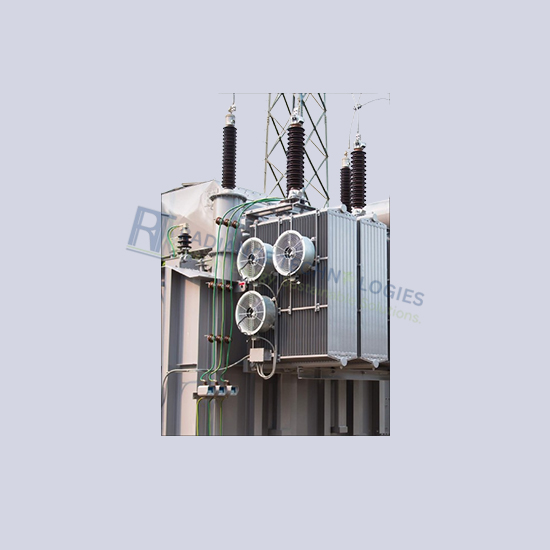
Power Transmission and Distribution
Transmission: This refers to the transportation of high-voltage electricity from power stations to substations, typically over long distances through transmission lines. The voltage is increased (step-up) for efficient long-distance travel, and then stepped down at substations to safer, usable levels.
Distribution: This is the process where electricity is further delivered from the substations to the final consumers. The voltage is reduced (step-down) to levels suitable for residential, commercial, and industrial use.
Benefits
- Efficient transportation of electricity over long distances
- Ensures a stable and continuous power supply
- Facilitates industrial and commercial growth
- Minimizes energy loss and supports grid stability
- Scalable to meet growing energy demands
- Supports integration of renewable energy sources
- Ensures safety through protection systems
Specifications
- High voltage transmission: 110 kV to 765 kV
- Medium voltage distribution: 1 kV to 66 kV
- Low voltage distribution: Less than 1 kV
- Conductors: Aluminum or copper for transmission
- Transformers: Step-up and step-down voltage transformers
- Substations: Equipped with switchgear and protective relays
- Grid control systems: SCADA for real-time monitoring

